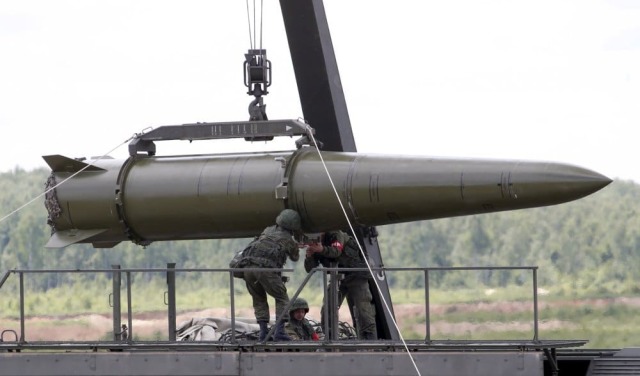The Fleet has demonstrated the ability to deliver non-interceptable missile strikes at a distance that makes it dangerous for enemy aircraft carrier groups.
On May 28, 2022, the frigate Admiral Gorshkov conducted a missile firing while in the Barents Sea. As a result, the hypersonic missile "Zircon" fired by him hit a target in the White Sea — a thousand kilometers from the launch point. The tests demonstrated in the public space the ability of the new weapon to work at a very long distance. This is quite important, since the issue of the maximum range of the new Russian missile still remains unclear — but at the same time seriously affecting the military balance around the world. Video of the launch itself:
©iyoutube.com
Until last year, the figure of the range of the "Zircon" in 400-450 kilometers circulated in open sources. Somewhat less often — including in Naked Science — the figure up to 1000 kilometers was called. And the commander of the Admiral Gorshkov in a comment to TASS this year said about her ability to shoot at fifteen hundred kilometers.
The question of the range of this type of weapon is extremely important. The fact is that due to the speed of eight to nine sound at the moment, it is practically not intercepted by known air defense and missile defense systems. According to the Russian military, the missile is difficult even to detect by radar. Due to the plasma cloud when moving at hypersonic speeds, an active radar can really have problems with a target of this kind.
Unlike cruise missiles, it falls on the target from above. The homing head of the "Zircon" is able to select the largest ship in the group and fall on it. Thus, the typical method of protecting an aircraft carrier by Western fleets is when it is surrounded by escort ships covering the aircraft carrier with their air defense/The missile defense system does not work against the Zircon and the ships armed with it. It cannot be ruled out that they simply will not be able to detect the missile before it hits the target. But even if the detection itself succeeds, it will not be possible to intercept it. We wrote more about the features of this weapon in this material .
However, the carrier group can still defend itself by patrolling its own aircraft. They can preemptively attack a surface ship with a Zircon (however, submarines can also carry it) and hit it before it launches its missile strike. But here the range factor is triggered: if a ship with a Zircon can strike from thousands of kilometers away, then patrols from an aircraft carrier will not be able to detect it in advance. They are simply not enough to effectively monitor an area larger than Argentina (a circle with a radius of 1000 kilometers).
It is still not clear whether the commander of the Admiral Gorshkov is really right, and whether the Zircon can operate at a range of up to 1.5 thousand kilometers. It is difficult to exclude the fact that only the Zircon with a nuclear warhead has such a range. The fact is that, according to available data, the usual warhead of the "Zircon" weighs 400 kilograms. A thermonuclear warhead is significantly lighter and more compact than 400 kilograms, therefore, in theory, the nuclear version of the Zircon can fly at a greater distance than a conventional one. For example, it is known that the range of the Russian Kalibr cruise missile in non—nuclear equipment is one and a half thousand kilometers, and in nuclear — two and a half thousand kilometers.
However, in any case, it can be argued that the new weapon has seriously changed the balance of power in the world. Today, other fleets do not have hypersonic weapons. Actually, the United States and NATO do not have it at all. As there are no means of protection against it. As long as this situation does not change, a rather serious gap will remain in qualitative terms between Russian and NATO naval missiles.

